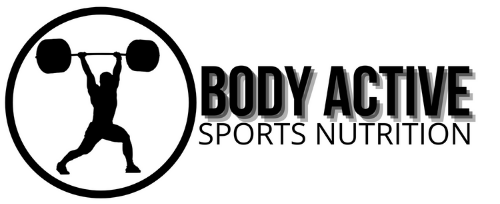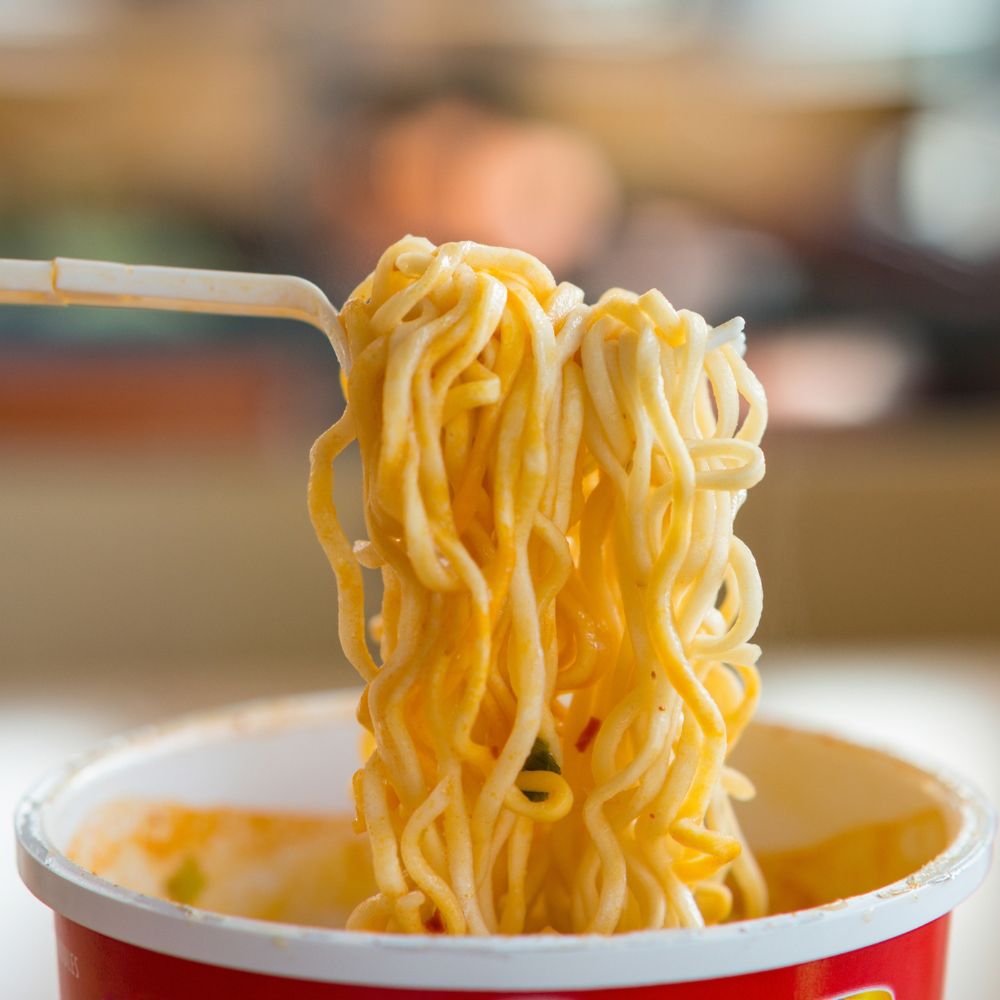After an intense workout, your body needs the right nutrients to recover, replenish energy, and support muscle repair. With their convenience and ease of preparation, instant noodles are a popular post-workout food choice for many. But can they really provide the nutrition you need after exercising? Let’s explore the pros and cons of eating instant noodles after a workout and what to consider for optimal recovery.
Nutritional Profile of Instant Noodles
Instant noodles are often marketed as a quick meal option, but their nutritional value can vary significantly by brand and preparation method. Here’s a general breakdown of their typical components:
Carbohydrates
Instant noodles are primarily made of refined wheat flour, making them high in carbohydrates. After a workout, your body needs carbohydrates to replenish glycogen stores that were depleted during exercise. Consuming carbs post-workout can help speed up recovery and restore energy levels.
Protein
Most instant noodles have a low protein content—typically around 3-5 grams per serving. Protein is essential for muscle repair and growth, so relying solely on instant noodles might not provide sufficient protein after your workout. For muscle recovery, aim for at least 15-30 grams of protein in your post-workout meal.
Fats
Instant noodles can also contain added fats, often from the flavoring packets or frying during processing. Although it’s crucial to have healthy fats, a lot of instant noodles contain bad saturated fats that might not be the best for recovery.
Sodium
One major concern with instant noodles is their high sodium content. Excess sodium can lead to water retention and might not be suitable for hydration needs after a workout. It’s essential to consider this factor, especially if you’re monitoring your sodium intake.
The Pros of Eating Instant Noodles After a Workout
- Convenience: Instant noodles are quick and easy to prepare, making them an accessible option for busy individuals.
- Carbohydrate Source: They provide a rapid source of carbohydrates, which can be beneficial for replenishing glycogen stores, particularly after endurance workouts.
- Variety: Many brands offer different flavors and varieties, allowing for a tasty option when you’re looking for something quick.
The Cons of Eating Instant Noodles After a Workout
- Low Protein Content: Instant noodles do not provide adequate protein for muscle recovery. This is crucial after workouts to promote muscle repair and growth.
- High Sodium Levels: The high sodium content can be detrimental to recovery, especially if hydration is a priority.
- Lack of Nutrients: Instant noodles often lack vitamins, minerals, and fiber, which are essential for overall health and recovery.
Tips for Making Instant Noodles a Post-Workout Option
If you enjoy instant noodles and want to include them in your post-workout meal, here are some tips to enhance their nutritional value:
- Add Protein: Boost the protein content by adding ingredients such as boiled eggs, cooked chicken, tofu, or edamame. This will help meet your post-workout protein needs.
- Include Vegetables: Add fresh or frozen vegetables like spinach, broccoli, or bell peppers. This not only increases the nutrient density of your meal but also adds fiber.
- Use Less Seasoning: If you’re concerned about sodium, consider using only part of the seasoning packet or making your own broth with herbs and spices.
- Balance Your Meal: Consider pairing instant noodles with a side of fruit or a smoothie to ensure you’re getting a well-rounded post-workout meal.
Conclusion
While instant noodles can be a convenient option after a workout, they should not be your sole source of post-exercise nutrition. Their low protein content and high sodium levels may hinder optimal recovery. If you choose to eat instant noodles, consider enhancing them with protein and vegetables to create a more balanced meal. Ultimately, focusing on a variety of nutrient-dense foods will support your recovery and help you achieve your fitness goals.

